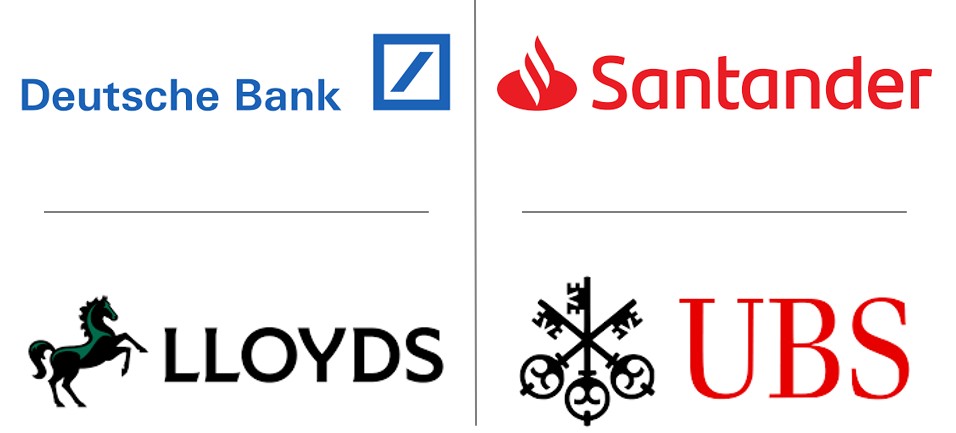
It is rare that bank mergers work due to IT systems. Lloyds has historically taken the approach of not bothering to migrate them; TSB, after leaving the Lloyds family, migrated to a Sabadell system and it cost them millions; Santander believes all acquired banks work on their Parthenon core system, although that has now been replaced by Gravity, a fully cloud-based core system … and every time a core system is changed, there are always troubles, glitches, outages and fines.
Replacing core systems is risky, which is why bankers don’t like doing it and, generally, avoid such changes at all costs. Gradual migrations from Parthenon to Gravity may work; but sudden changes from Lloyds to Sabadell do not.
Why is this worth talking about today? Well, because I was intrigued by reports of UBS struggling with the core systems migration of customer accounts from Credit Suisse.
I’m sure you all know that Credit Suisse got into trouble during the last few years and had a distressed saviour through UBS. The Swiss National Bank (SNB) stepped in, with over CHF 100 billion in liquidity assistance to ensure stability for customers and the financial market. The deal saw UBS take over Credit Suisse, with a focus on integrating its operations and yet, two years later, this is proving challenging.
Reuters say that UBS is delaying the migration of some super-rich Credit Suisse clients to its own platforms by several months, even though they had stated this would all be done and dusted by March 2026.
The problem is providing a consistent and stable service, although UBS has achieved this for two-thirds of general retail clients. It is the HNW and UHNW (ultra high net worth) people that they are struggling to migrate.
Reuters sources have said that the very rich clients were initially scheduled for migration in September 2025 but have been delayed to 2026. Dealing with the UHNW is not easy. Billionaires are picky but, more than this, a shift before year-end could have complicated tax filings for clients.
The thing is that they need to do this to get the cost savings promised by the merger and create a strong and stable bank. After all, there was $13 billion in cost savings promised from the merger and, if not delivered, investors will desert the bank.
The thing I found most interesting in Reuters update was their final reflection on the takeover of Postbank in Germany by Deutsche Bank, back in 2008. It has been an ongoing pain in the rear for both banks and the final integration of operations and technology was only completed in 2023, fifteen years after the original idea of a merger.
No wonder banks don’t try to integrate systems or, if they do, they better have a darned great tech team and CIO or it will fail.
Chris M Skinner
Chris Skinner is best known as an independent commentator on the financial markets through his blog, TheFinanser.com, as author of the bestselling book Digital Bank, and Chair of the European networking forum the Financial Services Club. He has been voted one of the most influential people in banking by The Financial Brand (as well as one of the best blogs), a FinTech Titan (Next Bank), one of the Fintech Leaders you need to follow (City AM, Deluxe and Jax Finance), as well as one of the Top 40 most influential people in financial technology by the Wall Street Journal's Financial News. To learn more click here...

